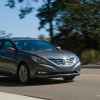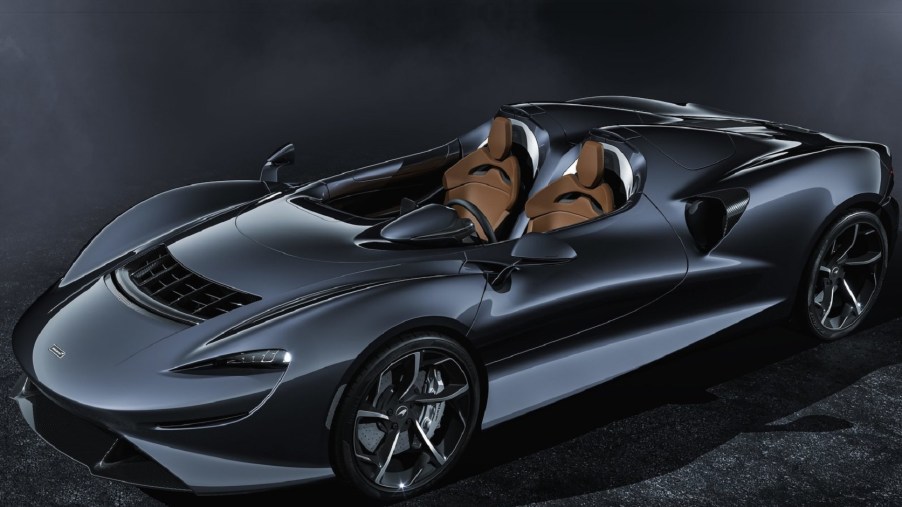
The McLaren Elva Makes a $1.7-Million Statement: No Windshield, No Problem
Removing windshields seems to be a recent trend in the hypercar and supercar world. Aston Martin is doing it with the V12 Speedster. So is Lamborghini with its one-off SC20. And then there’s the 2021 McLaren Elva, which stickers at just under $1.7 million. But what’s it like to drive a car like that?
The 2021 McLaren Elva isn’t a convertible supercar—it’s a roofless, windowless supercar
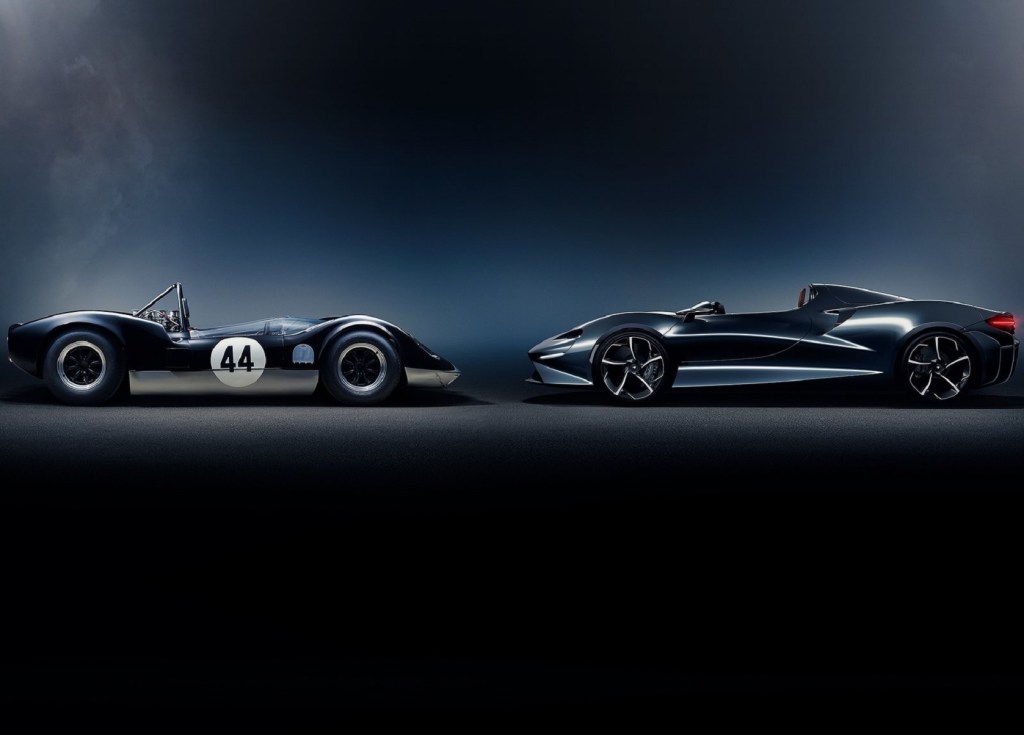
Technically, the 2021 McLaren Elva starts at $1.695 million, Car and Driver reports. Regardless, that still seems like a lot for a supercar with no roof and no windshield. The Elva doesn’t even have side windows, in a nod to the 1960s McLaren-Elva M1A racer, Motor1 reports. Which, incidentally, is something it also shares (kind of) with the original Dodge Viper. The British supercar, though, is more than a bit faster.
Mechanically, the McLaren Elva shares a lot with the Senna, Top Gear reports. It has the same 4.0-liter twin-turbocharged V8, only bumped up to 804 hp and 590 lb-ft, Road & Track reports. That goes to the rear wheels via a 7-speed dual-clutch automatic. Plus, not only is the Elva slightly more powerful than the Senna, but it’s also lighter. McLaren claims it’s the lightest road car in the company’s history outside of the F1, Evo reports, thanks to a carbon-fiber chassis, body panels, and seats.
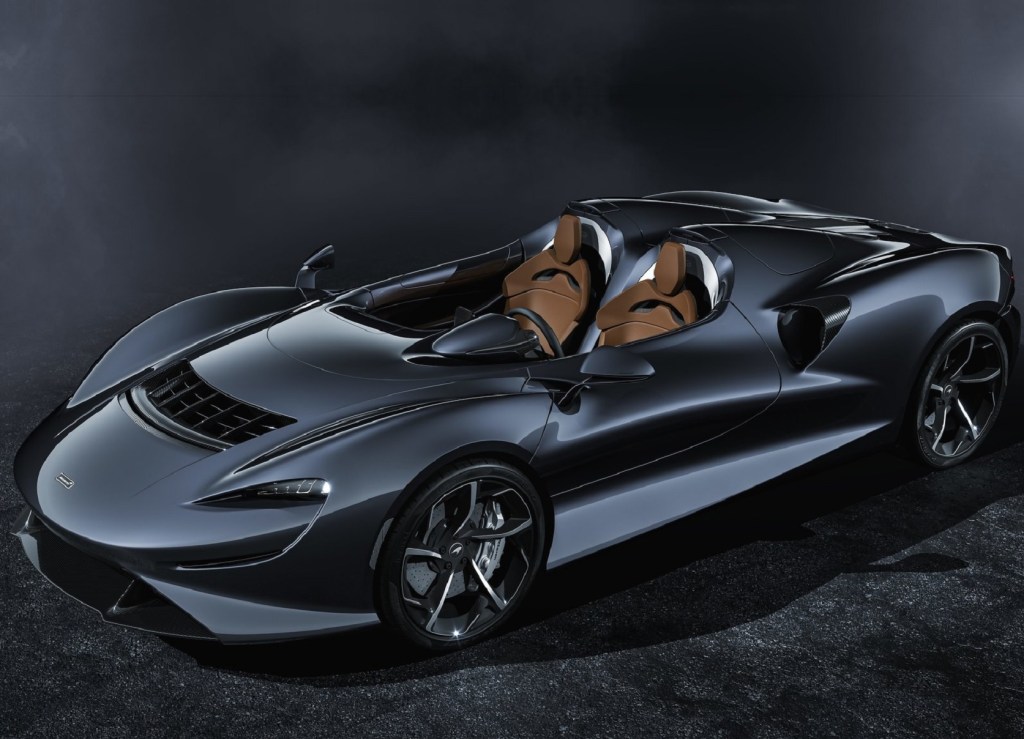
As a result, the Elva goes 0-60 mph in under three seconds. Automobile pegs the time at 2.8 seconds, while Car and Driver estimates 2.6 seconds. And despite its design, the McLaren Elva tops out at 203 mph.
While the McLaren Elva lacks window glass, the supercar has plenty of other useful features. Like the Senna, it has sintered-carbon disc brakes. However, the Elva pairs them with lighter-weight titanium calipers. Those brakes are joined to an upgraded version of the 720S’s cross-linked active hydraulic suspension that doesn’t need sway bars, R&T reports.
While there’s no windshield, there is navigation, a digital gauge cluster, and an HVAC system. Plus, adjustable traction control and ‘drift control.’ And while the McLaren Elva doesn’t technically have a rollbar, it does have “ballistic rollover protection” integrated into the “seat humps,” Top Gear reports.
Driving the 2021 McLaren Elva is “bonkers,” but it “makes ridiculous sense,” MotorTrend says
To be fair, McLaren provides a slot-in windshield for Elva buyers who live where such things are required. But otherwise, the supercar creates “a sort of bubble” in the 30-70 mph range using a pop-up flap and the bodywork, R&T explains. The flap’s placement means there’s no storage compartment in front, though. Indeed, the Elva doesn’t really have any storage space, period, MotorTrend reports.
While “Active Air Management System” diverts some airflow, it’s by no means “a bubble of calm,” MT reports. As on a motorcycle, gloves and a full-face helmet are absolute necessities when driving the McLaren Elva. But does that detract from the experience? By all accounts, absolutely not.
The AAMS, along with the rest of the Elva’s design, is pure “adolescent insanity,” MT reports. The only sound you hear behind the wheel is the howling wind and an occasional gear-shift.But it’s not like on a motorcycle, where the air swirls all around you. MT compares it to riding a rollercoaster: you’re sitting down, but the gale smacks into you. And because there’s no windshield or pillars, visibility is more than excellent, Car and Driver reports.
Besides the aerodynamic drama, the McLaren Elva “feels like the Lotus Elise’s big brother,” Top Gear reports. The hydraulic steering delivers excellent feedback and lets you place the car exactly where you want it. In Track Mode, the suspension lets the Elva grip the road even better, Car and Driver reports. In short, “it’s a fabulous driving machine,” MT reports. Plus, even in the baking sun, the car’s vegan “Ultrafabric” seats stay cool and comfortable.
Logically, the McLaren Elva makes little to no sense. Or rather, it makes sense in the same way a Charger Hellcat Redeye makes sense. It’s a bit pointless, but exhilaratingly so.
Can you get a similar experience for less than $1.7 million?
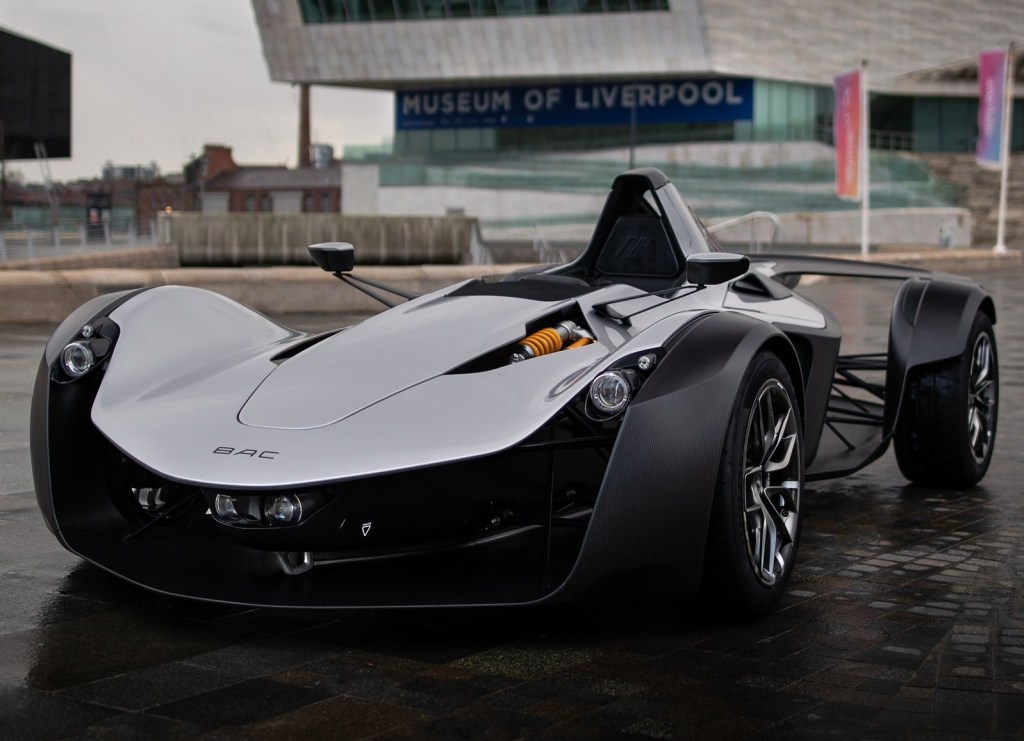
Even ignoring its $1.7-million price tag, few will get their hands on a McLaren Elva. Originally the British automaker planned to make 399 examples. But that’s since been cut down to 149 units. However, can you get a similar sensation for significantly less?
The BAC Mono comes fairly close, being that it’s essentially a street-legal mini F1 car. And at $215k, while it’s not cheap, it’s way less expensive than the Elva. It can also match the Elva’s 0-60 mph time, Roadshow reports. However, being a single-seater, the Mono is actually less practical than the McLaren.
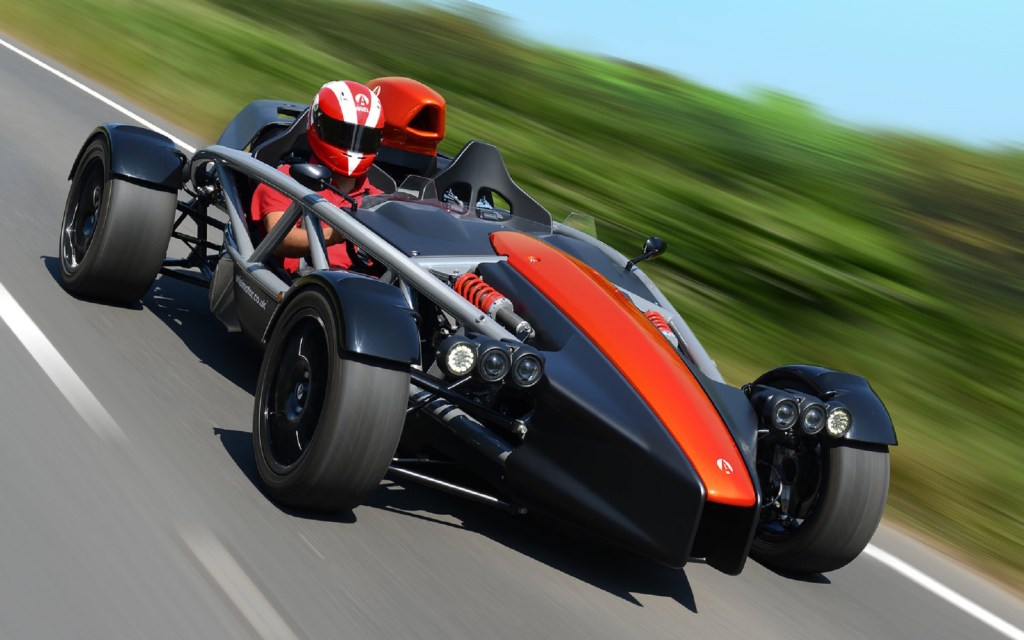
There’s also the Ariel Atom 4. With a $74,450 starting price, it’s cheaper than either the Elva or the Mono. And, unlike the other two minimalist high-performance cars, it’s available with a manual. Plus, because it only weighs 1350 pounds, its modified Honda Civic Type R powertrain lets it go 0-60 mph in 2.8 seconds, Car and Driver reports. But if you want bodywork, that costs extra.
Follow more updates from MotorBiscuit on our Facebook page.
